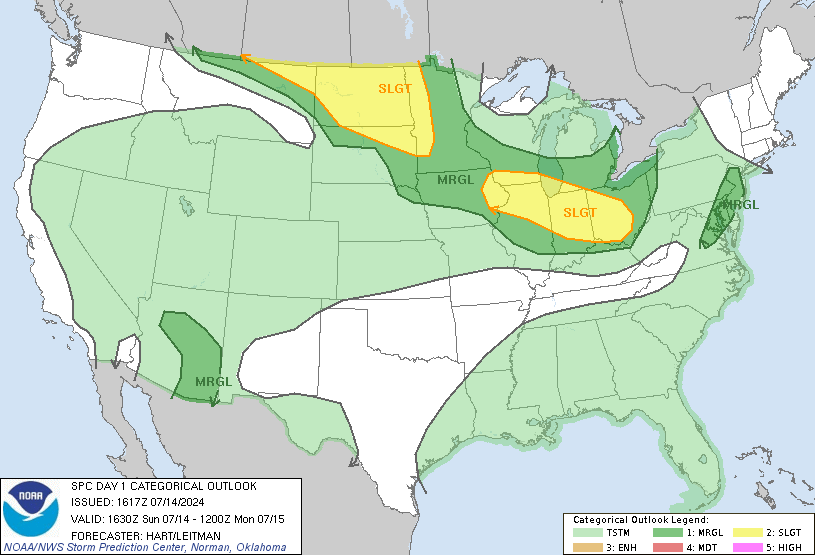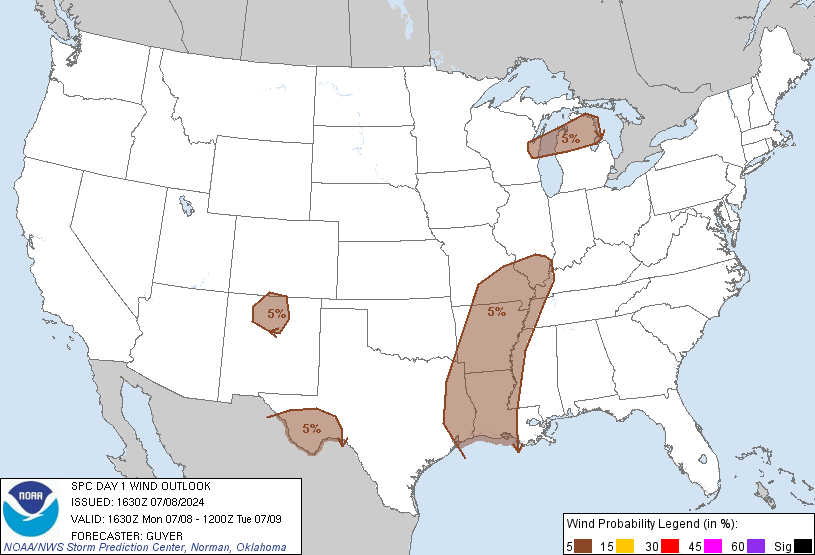-
Welcome to TalkWeather! We see you lurking around TalkWeather! Take the extra step and join us today to view attachments, see less ads and maybe even join the discussion. CLICK TO JOIN TALKWEATHER -
 April 2024 Weather Video of the Month Post your nominations now!
April 2024 Weather Video of the Month Post your nominations now!
You are using an out of date browser. It may not display this or other websites correctly.
You should upgrade or use an alternative browser.
You should upgrade or use an alternative browser.
Archive Severe Potential 4/3-4/4
- Thread starter rolltide_130
- Start date
Tornadoes and pollen,fun times!Gotta love living in the south (especially Bama) in April!! Ugh!
Xtreme Weather
Member
3k still showed a fair amount of instability late Tuesday night for most of North and central AL
Giddy up
Sent from my iPhone using Tapatalk
Giddy up
Sent from my iPhone using Tapatalk
NWS Memphis update:
Looks like primary threat in the MidSouth is high winds/hail. Still nasty, but I'll take it over tornados for sure...
There is still the threat of a few tornadoes as well, it's just not the primary risk. You're actually more likely to see a few small tornadoes than you are hail. Hail is usually very rare from a line of storms.
rolltide_130
Member
That is one nasty line the 3km NAM is depicting. It doesn't look to occur down here, but there may be some semi discrete supercells in areas further north as well.


rolltide_130
Member
NWS Memphis update:
Looks like primary threat in the MidSouth is high winds/hail. Still nasty, but I'll take it over tornados for sure...
I definitely would not rule out a tornado threat up that way.. there are some fairly high STP values in W TN, and it's not impossible to get an isolated strong tornado embedded in a line.
amp1998
Member
rolltide_130
Member
SilentShadow87
Member
Even if this falls flat in the discrete cell department, a strong QLCS can definitely still produce intense tornadoes. The April 26-27 squall lines during the '11 Super Outbreak spit out five EF3 tornadoes, with one being almost an EF4.
rolltide_130
Member
Even if this falls flat in the discrete cell department, a strong QLCS can definitely still produce intense tornadoes. The April 26-27 squall lines during the '11 Super Outbreak spit out five EF3 tornadoes, with one being almost an EF4.
Potentially discrete is actually a little last second surprise the models are throwing in here, so even if it's linear I wouldn't call it "falling flat".
This may surprise some people tomorrow.. this is being a little sneaky.
SilentShadow87
Member
True, and I did say if. This is a tricky system, that's for sure and I wouldn't be too surprised to see some discrete cells out of this.Potentially discrete is actually a little last second surprise the models are throwing in here, so even if it's linear I wouldn't call it "falling flat".
This may surprise some people tomorrow.. this is being a little sneaky.
Operational HRRR seems to like the idea of some beefy supercells over western Tennessee and eastern Arkansas late in the day, through early evening, before it tries to evolve into a linear system.
SPC says that an upgrade to a moderate risk is possible:
The addition of enhanced-level tornado probabilities is the main
update to the outlook for now. A few significant tornadoes may
occur as well, especially near the warm-frontal zone and western
part of the enhanced-risk area where relatively discrete convection
is more probable. Should potential for longer-lived supercells and/
or more-sustained bowing structures become apparent, categorical
upgrade to moderate-level wind or tornado probabilities may be
needed in a future update. For now, a little too much mode/
longevity uncertainty still exists to support such a jump.
Kory
Member
Looks like we'll get an initial band from some outflow ahead of the main QLCS which will be discrete/semi-discrete in nature across KY/TN/IN. Then, the main QLCS evolves into a LEWP, which will enhance the damaging wind threat.10% hatched TOR on the new Day 1. Definitely wouldn't sleep on some potential warm front riders, these Ohio Valley/Midwest events always seem good for a couple of those.

rolltide_130
Member
Operational HRRR seems to like the idea of some beefy supercells over western Tennessee and eastern Arkansas late in the day, through early evening, before it tries to evolve into a linear system.
Sometimes these things will take longer than forecast to turn linear which may bear a watch as well.
Sometimes these things will take longer than forecast to turn linear which may bear a watch as well.
That's usually when there is capping or orientation of deep layer shear vectors is more supportive of discrete storms for a longer period of time. Those events take longer to turn linear from discrete than expected because the forecaster's expectation is incorrect, not because there's not a signal in the data to support the storms staying discrete for longer. Those two things that usually cause that are not the case this evening.
Last edited:
A rather large moderate risk has been issued, driven by 45% hatched damaging wind potential:







